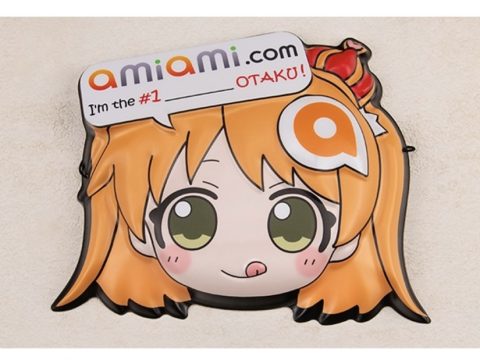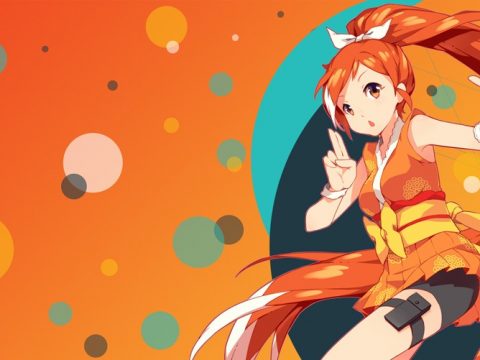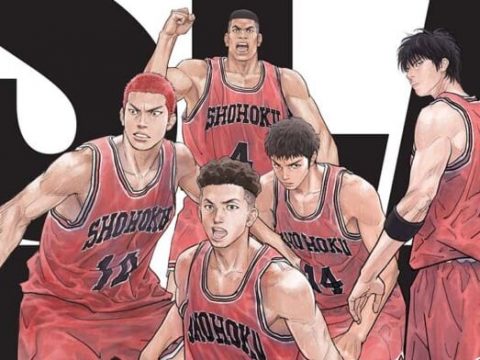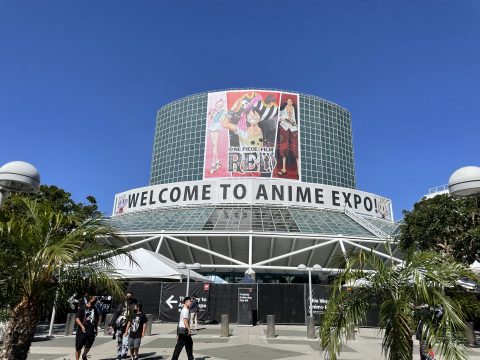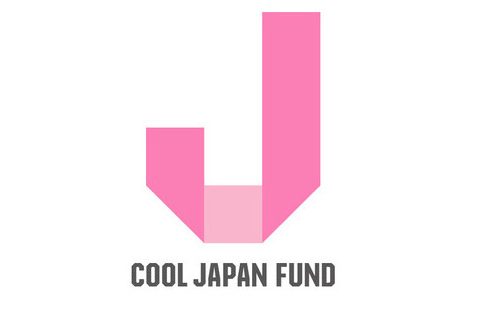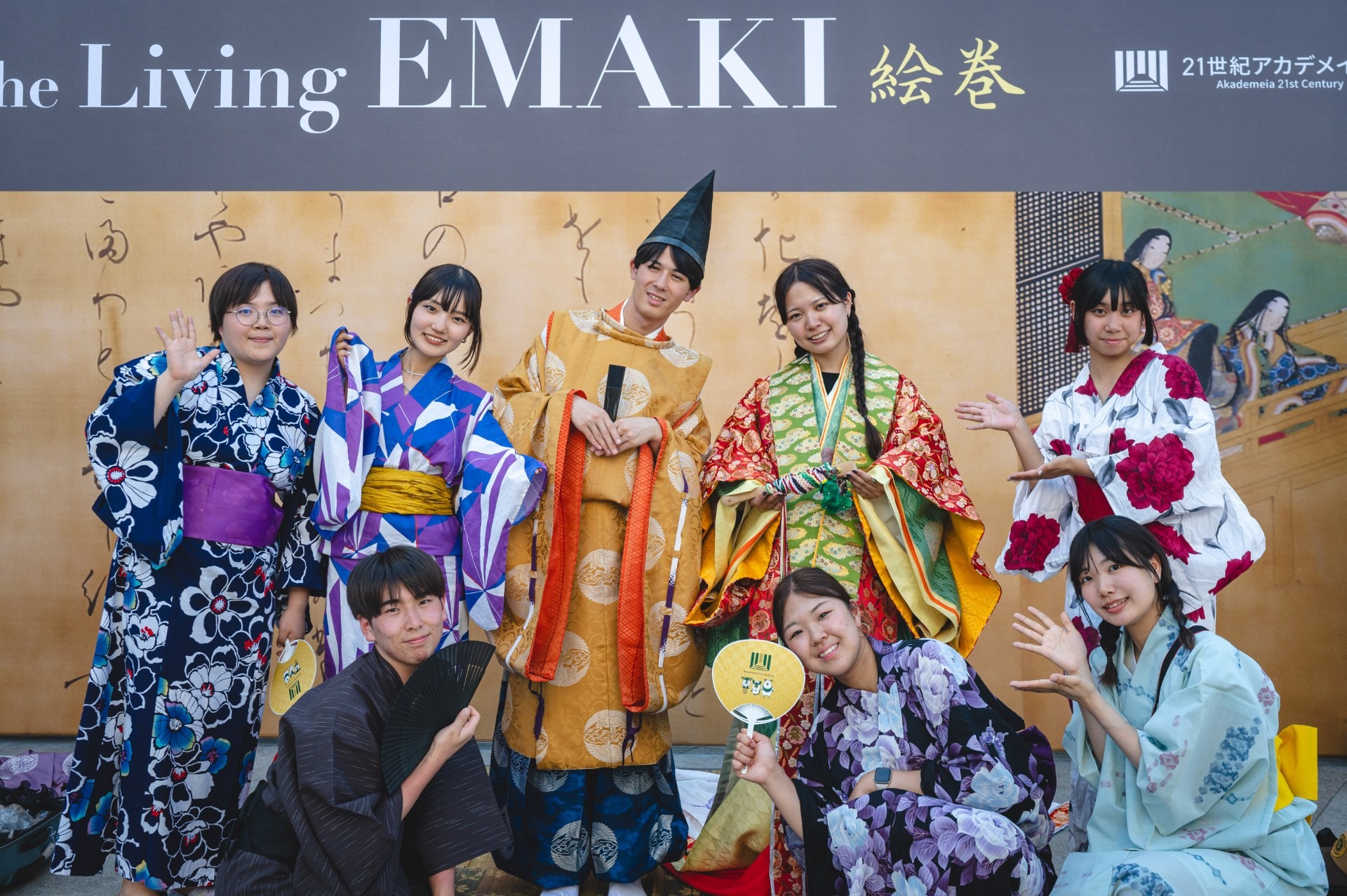
Anime Expo takes place July 4-7, and The Akademeia 21st Century school is bringing 30 students from Japan to teach con-goers more about “the true cool Japan experience.” You can find them at Booth 180. Three of the students—Nozomu Matsuoka, Rina Iiumi, Misaki Aoki, and PR Director Koichi Saito—spoke to Otaku USA about “True Cool Japan,” how people can learn more about Japanese culture, and what they plan to do at Anime Expo.
Nozomu Matsuoka
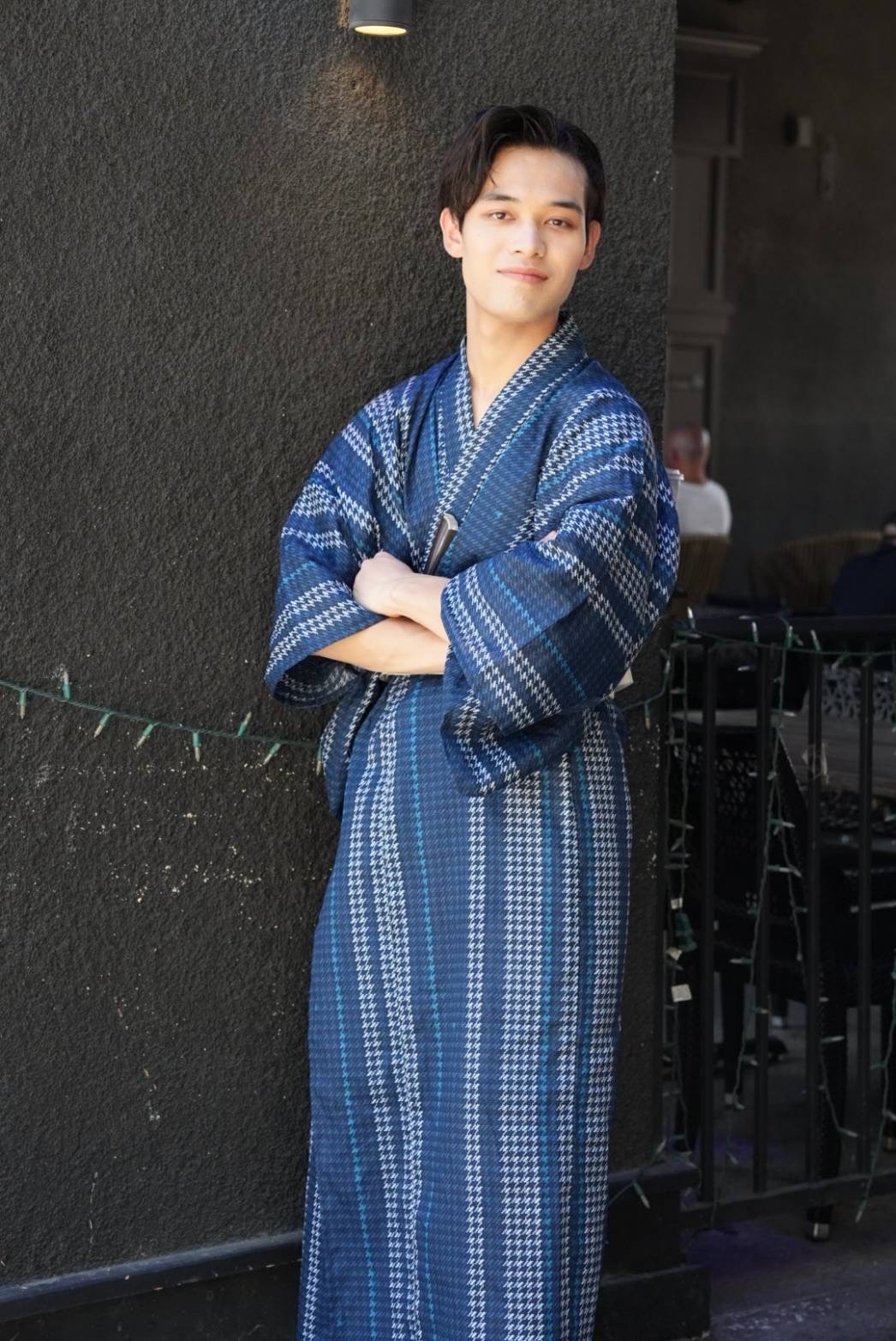
What is your definition of “True Cool Japan”?
I think the Japanese spirit and way of thinking that finds value in various things is what makes True Cool Japan.
Generally, manga and anime are considered Cool Japan, but I think that values created by the Japanese, such as “mottainai” (avoiding waste) and “kawaii” (cuteness) are the true Cool Japan.
What are you planning to do at Anime Expo? Have you been there before?
My team will be spreading our idea of “kawaii” to the world through our “World Kawaiiization Plan.” The concept of “kawaii” has already spread all over the world, but I don’t think the word kawaii only means cute or pretty. It also has the magical power to turn negative words into positive ones.
For example, there are words such as “busakawa” (ugly but cute) and “kimokawa” (gross but cute).
Please come to our booth and see, hear, touch, and experience the Japanese value of kawaii, which has a variety of meanings, and discover a new kawaii spirit.
What do you want people to know about real Japanese culture?
There are many things, but I’ll narrow it down to four.
The first is diversity and depth of history. Japanese culture has a long and diverse history. It is fascinating to learn about the diversity and depth of traditional performing arts, festivals, martial arts, food culture, and more.
The second is aesthetic sense and delicacy. Japan has a unique aesthetic sense, and in addition to gardens, tea ceremonies, and kimonos, there are delicate and detailed crafts and art. You can feel it in all aspects of daily life.
The third is the meaning of Japanese language. The Japanese language is closely linked to culture, so language culture is an important element. For example, we can think about the wide range of nuances that words like “kawaii” have, and the habit of using different honorific or humble language depending on the person you are speaking to.
The fourth is the fusion of modern culture and tradition. Modern Japan has a culture that combines tradition and innovation, including anime and pop culture.
I would like people to understand the richness and depth of Japanese culture more widely through such elements of our culture. Things like that are best understood through experience.
What would you recommend to people who want to know more about Japanese culture?
I would encourage them to come to Japan and experience the techniques of artisans. As mechanization advances in Japan, the skills required of artisans for traditional crafts and regional specialties are being reevaluated. In these skills we can see the passion of a long tradition cultivated and passed down over generations. Seeing and trying them for yourself will give you valuable insights that can only be gained through actual experience.
Rina Iiumi
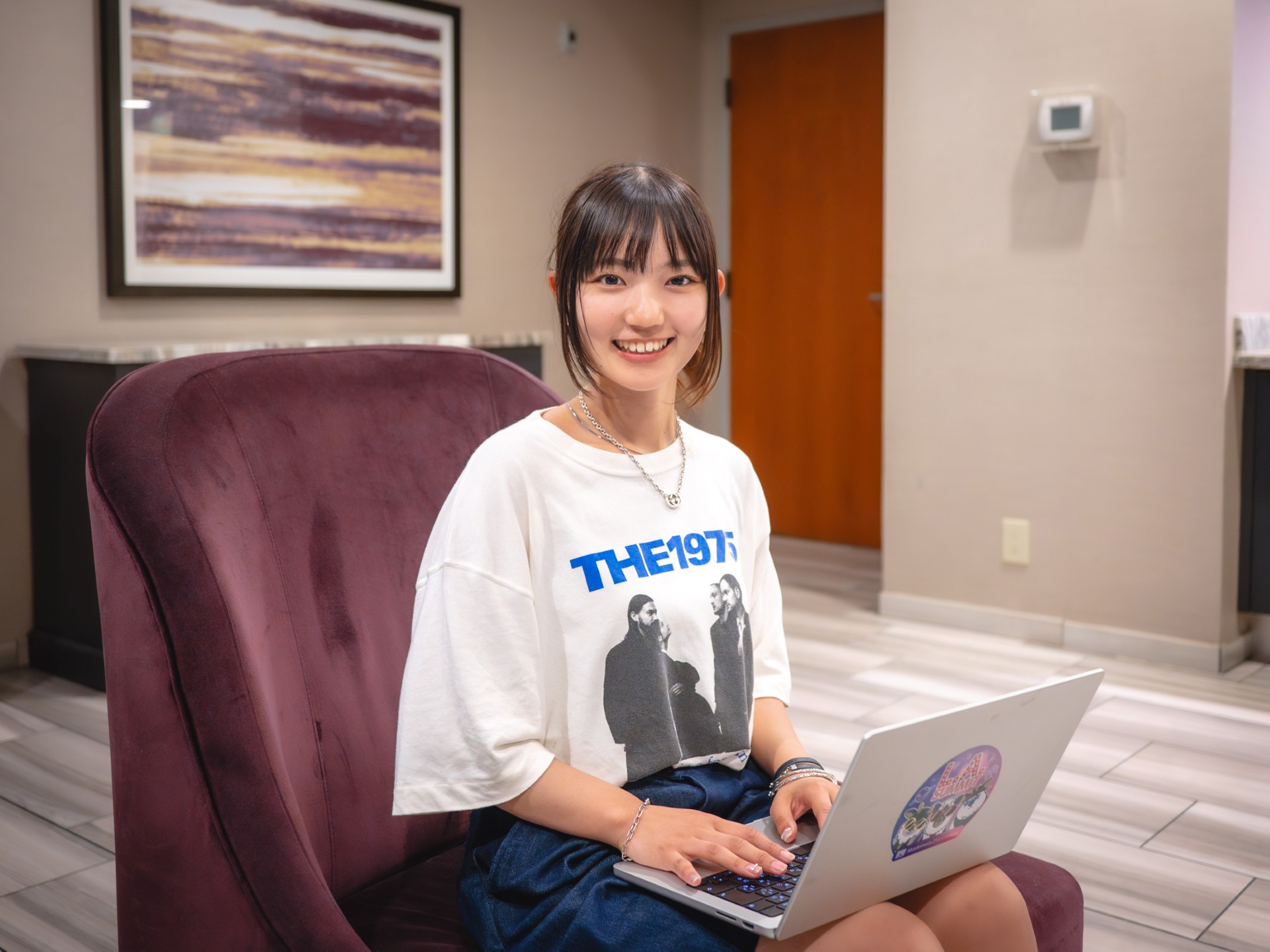
What is your definition of “True Cool Japan”?
In a word, it is “a unique culture born from customs and practices.”
In Japan, there are many unique social customs, such as the unspoken understanding to stay quiet on the train, seating order determined by rank in an organization, the angle of bowing depending on the situation, and honorific language used according to the hierarchical relationship between people. Some people may find it difficult to live in our society because of these rules.
However, since coming to America and experiencing the differences in culture and customs, I feel that our ways of maintaining discipline through social rules and behavioral patterns based on consideration of others has created a unique way of thinking that is connected to “omotenashi” (hospitality) culture.
What are you planning to do at Anime Expo? Have you been there before?
This is my first time attending Anime Expo, so I’m very excited to see what kind of people there will be and what the atmosphere will be like! Our team will create a booth that connects the world and Japan through origami and tanzaku paper wishes, Tanabata Festival decorations which have long been loved by people of all ages and genders, and convey Japan’s “omou kokoro” (spirit of deep feeling and consideration) to visitors. You can try writing Japanese and using your wishes as decorations at our booth!
We will also do a secret dance that we haven’t shown to the members yet, so you can look forward to that. We will get everyone at the venue involved and liven things up!
What do you want people to know about real Japanese culture?
In a word, “remix Japan.”
I think that a culture that accepts diversity is a truly unique one, and Japan is a multi-religious country that incorporates many religious events into its society, such as celebrating Christmas after Halloween and having a traditional Japanese New Year after Christmas. It has developed into its own unique culture, influenced by many countries such as China and the US. This aspect of Japanese society can be seen in the fact that Japan has uniquely fused what it learned from various countries to create its own words using hiragana and katakana.
What would you recommend to people who want to know more about Japanese culture?
I recommend getting involved in martial arts like judo and kendo.
Martial arts are not just about competing for victory, but also about spirituality. I think it strengthens morality and character. In fact, by being exposed to martial arts from a young age, we are trained to face our inner selves.
Many martial arts have the word “do,” or “the way.” But this is not limited to just martial arts. There are many things related to “the way,” such as tea ceremony (“sado”) and flower arrangement (“kado”), and I think that through these we can understand the Japanese spirit of harmony and etiquette.
Misaki Aoki
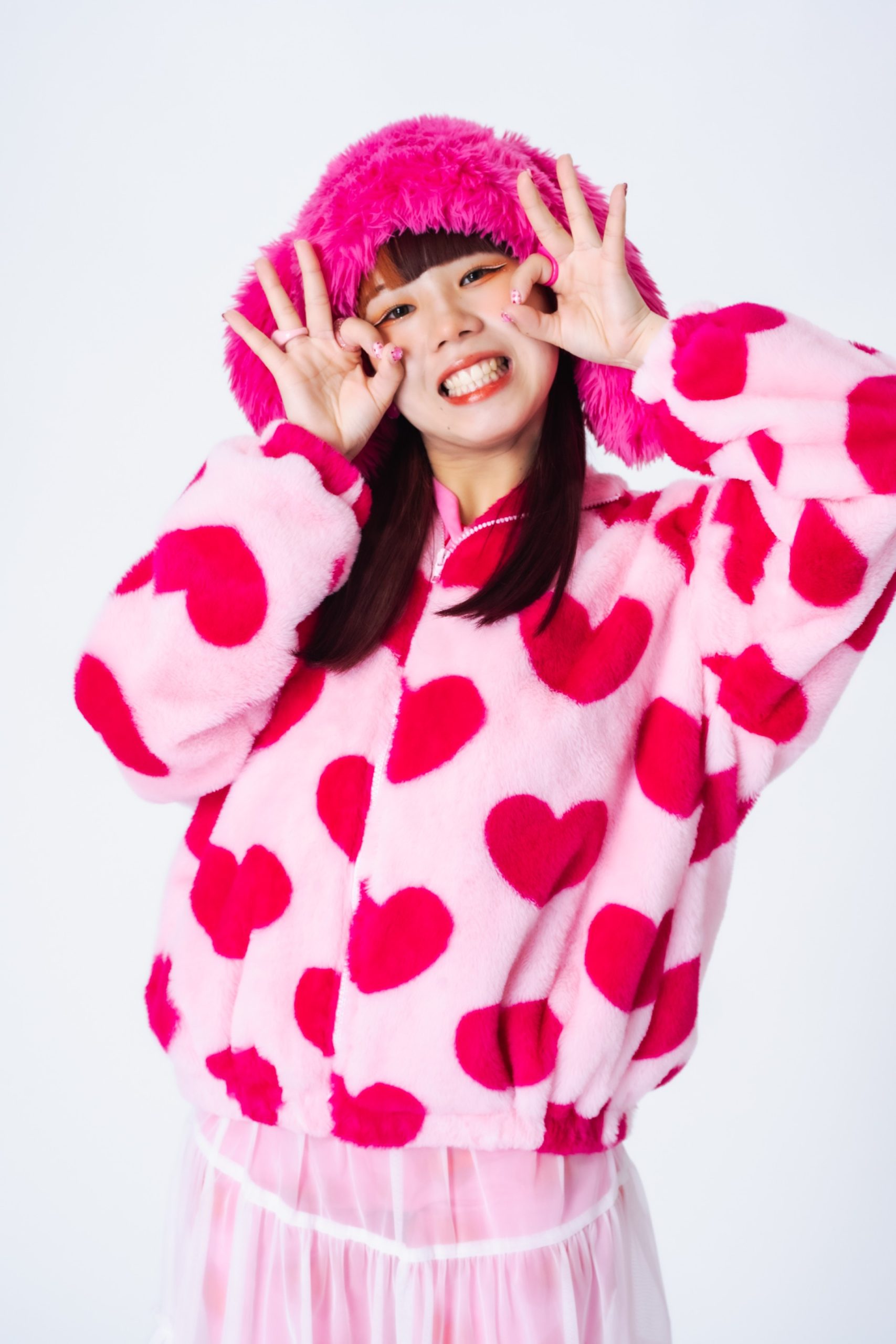
What is your definition of “True Cool Japan”?
If I had to pick one specific thing, it would be “kawaii.” I really love the culture of kawaii. Kawaii has something different from cute or pretty, and Japanese people say “Eh, cute~” for lots of things. It’s said casually, but I think that Japan is full of it, which is why it has such lively cities! I think that true Cool Japan is KAWAII!
What are you planning to do at Anime Expo? Have you been there before?
This is my first time participating in Anime Expo!
It’s a big event, so I’m very excited as both a visitor and an exhibitor.
My team will challenge people to experience kawaii culture created by Japan.
I hope that the world will be filled with cute people like me!
What do you want people to know about real Japanese culture?
When they think of Japan, many people probably think of the nostalgic old culture, such as the culture of “wa” (harmony) and “omotenashi” (hospitality culture, including standard greetings and manners). Of course, these are all wonderful examples of Japanese culture, but in order to understand the kawaii culture that we propose, you should not only look at the surface, but also learn about the deeper aspects of culture created by Japan, including the culture of “wa”.
If you learn that much, you will surely understand the charm of kawaii that I keep raving about!
What would you recommend to people who want to know more about Japanese culture?
Japan is a wonderful country, and there are many things I want people to know about, but after all, it’s “kawaii” for me. (hahaha)
For example, take a look at the hotels and inns you can stay at in Japan. The architectural design, the attention to detail in the amenities, the elaborate room keys, and the playfulness are all kawaii. When you walk around the city, you’ll see the “Tobidashi-kun” signs warning people not to jump out, and the subway advertisements that are all for sweets. I hope you will experience this super kawaii spirit of wanting everyone to have fun.
From the PR Director Koichi Saito
At Anime Expo 2024, we will share with you our experiences about the true Cool Japan that cannot be conveyed by anime and manga alone.
What we want people in the United States and overseas to know about is the Japanese culture and spirit of “true Cool Japan.” We believe that by reexamining Japan’s unique culture, which cannot be conveyed by anime and manga alone, we can solve all kinds of problems in the world.
The 30 students who will be appearing at Anime Expo 2024 have come from Japan to convey this, and this idea is at the root of each presentation at our booth. They will give you a completely new awareness that is different from the traditional idea of Cool Japan.
These students attend a unique school that is called 21st Century Akademeia, which aims to be “World’s Largest Academy for Cool Japan.” We look forward to seeing you there.
____
Danica Davidson is the author of the bestselling Manga Art for Beginners with artist Melanie Westin, plus its sequel, Manga Art for Everyone, and the first-of-its-kind manga chalk book Chalk Art Manga, both illustrated by professional Japanese mangaka Rena Saiya. Check out her other comics and books at www.danicadavidson.com.


